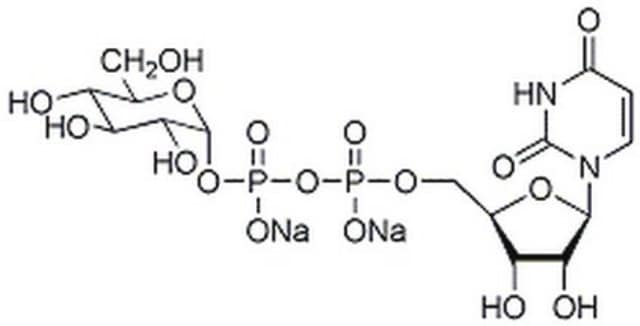774405
(S)-2-Aminobutane-1,4-dithiol hydrochloride
99% (titration)
Synonyme(s) :
(S)-2-Aminobutane-1,4-dithiol hydrochloride, (2S)-2-Amino-1,4-dimercaptobutane hydrochloride, DTBA, Dithiobutylamine
About This Item
Produits recommandés
Pureté
99% (titration)
Forme
solid
Pertinence de la réaction
reagent type: reductant
Pf
210-225 °C
Température de stockage
2-8°C
Chaîne SMILES
Cl.N[C@H](CS)CCS
InChI
1S/C4H11NS2.ClH/c5-4(3-7)1-2-6;/h4,6-7H,1-3,5H2;1H/t4-;/m0./s1
Clé InChI
HWWPXJZINVJNBM-WCCKRBBISA-N
Catégories apparentées
Application
Mention d'avertissement
Warning
Mentions de danger
Conseils de prudence
Classification des risques
Acute Tox. 4 Oral - Eye Irrit. 2 - Skin Irrit. 2 - STOT SE 3
Organes cibles
Respiratory system
Code de la classe de stockage
11 - Combustible Solids
Classe de danger pour l'eau (WGK)
WGK 3
Point d'éclair (°F)
Not applicable
Point d'éclair (°C)
Not applicable
Certificats d'analyse (COA)
Recherchez un Certificats d'analyse (COA) en saisissant le numéro de lot du produit. Les numéros de lot figurent sur l'étiquette du produit après les mots "Lot" ou "Batch".
Déjà en possession de ce produit ?
Retrouvez la documentation relative aux produits que vous avez récemment achetés dans la Bibliothèque de documents.
Les clients ont également consulté
Contenu apparenté
Professor Ron Raines works with Sigma-Aldrich on the development of reagents and tools for chemical biology such as the traceless Staudinger ligation reagent (670359). DTBA (774405), a superior biological reducing reagent to DTT, is another technology to come out of the Raines lab.
Notre équipe de scientifiques dispose d'une expérience dans tous les secteurs de la recherche, notamment en sciences de la vie, science des matériaux, synthèse chimique, chromatographie, analyse et dans de nombreux autres domaines..
Contacter notre Service technique












